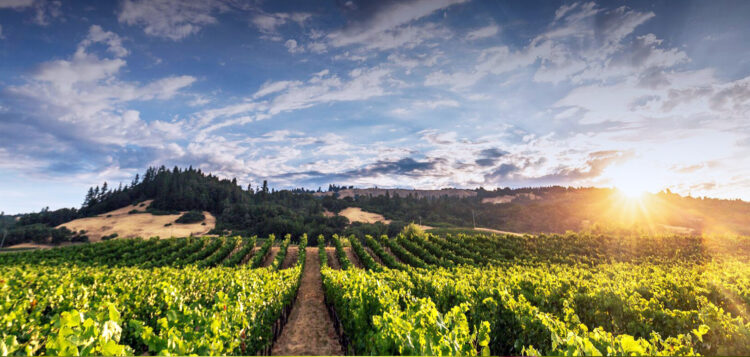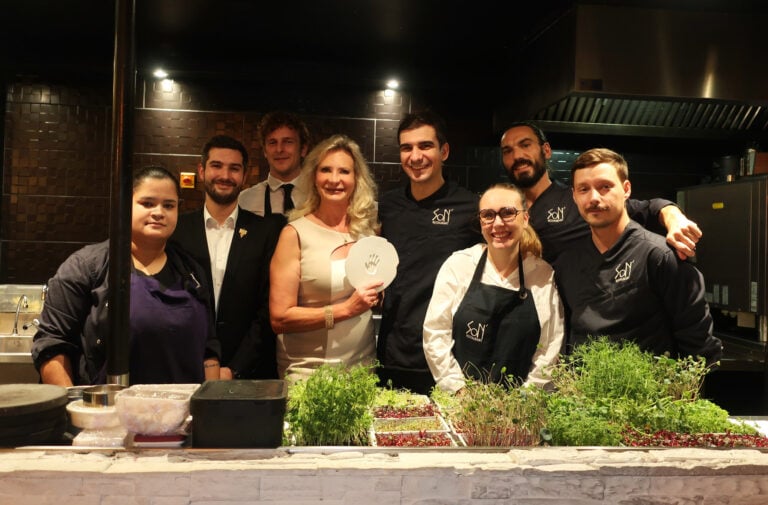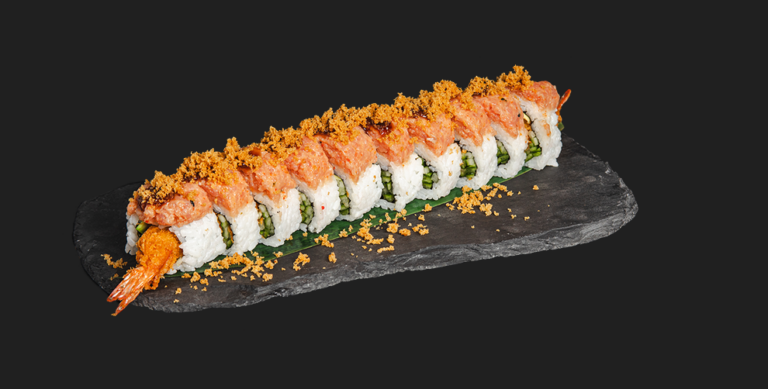FEL, Chardonnay Anderson Valley 2019 | Mendocino, California, USA

Wine of the Week – April 26, 2021
Over 180,000 hectares of vineyards are planted with Chardonnay worldwide. This makes the varietal one of the most widely grown grapes in the world and nothing stands in the way of further spreading. Although the varietal is one of the original French varietals and is mainly native to Burgundy and Champagne, France has not been the leader in cultivation for years. The USA, and with over 45,000 hectares, California alone, are considered the world’s largest growing area for Chardonnay. Australia and France follow with slightly less than 40,000 hectares each. There is also a five-figure cultivation in Italy, especially in the north of the country, and also in Eastern Europe, the Chardonnay is widespread.
Chardonnay is characterized above all by its body and moderate acidity. The aroma is less characteristic than that of a Riesling or even a Gewürztraminer, but the Chardonnay can often better express the character of the vineyard. In its home country, France, there are two styles: in Chablis, located to the north, very elegant Chardonnays with a fine acidity are produced, while more full-bodied wines come from the Côte de Beaune farther south. The winegrowers from Germany, Austria (where it is called Morillon in the wine-growing region of southern Styria), and northern Italy tend to prefer the first-mentioned, fresher type. In the New World, full, wood-based Chardonnays are very popular.
The varietal is also very suitable for sparkling wine. There are several French sparkling wines, called crémants that contain Chardonnay. In Champagne, the varietal even plays a dominant role alongside Pinot Noir. Some of the most famous Champagnes are made from 100 percent Chardonnay.
A DNA analysis carried out by the University of California concluded that the Chardonnay varietal is a natural cross between the Pinot and Gouais Blanc varietals. The latter was probably imported by the Romans from the Near East, presumably Lebanon, and found its way via the Rhône Valley into Burgundy. Pinot was already in production there and, following a tradition at the time, both varietals were grown in a mixed batch in the same locations. This close proximity enabled natural crossings, in which the Chardonnay had prevailed. A settlement near Tournus called Chardonnay may have given the varietal its name.
FEL wines are produced by Lede Family Wines based in Napa Valley, CA. The letters in FEL represent Florence Elsie Lede, founder Cliff Lede’s mother, a home winemaker who provided the early inspiration for Cliff’s love of wine. Growing up in Alberta, Canada, Cliff remembers the tulip as signifying the end of winter, bringing with it a freshness and excitement of warmer days ahead. The FEL wines labels, featuring an illustration of an opening tulip, is a tribute to Florence’s passion for gardening.

Origin: Anderson Valley, Mendocino, CA
Varietals: 100% Chardonnay
Sustainability: sustainable practices
Suggested retail price: $32
ABV: 13.7%
This Chardonnay is a blend of numerous Heritage clones and Dijon selections. Sources include their estate Savoy vineyard, long recognized as a benchmark vineyard in Anderson Valley, and the acclaimed Ferrington vineyard.
The wine shows aromatics of lemon zest, green apple and a bite of spice. On the palate, the wine reveals flavors of honey, pear and mineral notes. The wine is creamy and round and finishes with crisp acidity.
Suggested food pairings: raw seafood like oysters, sushi, sautéed fish, chicken piccata, vegetable risotto, moules frites.
> For more information, visit the FEL official website




